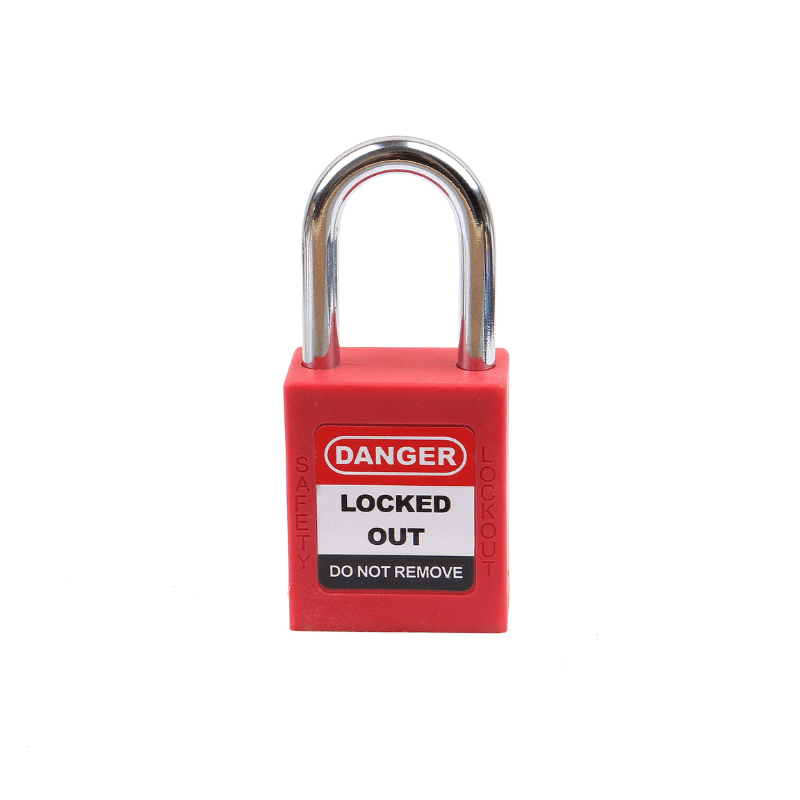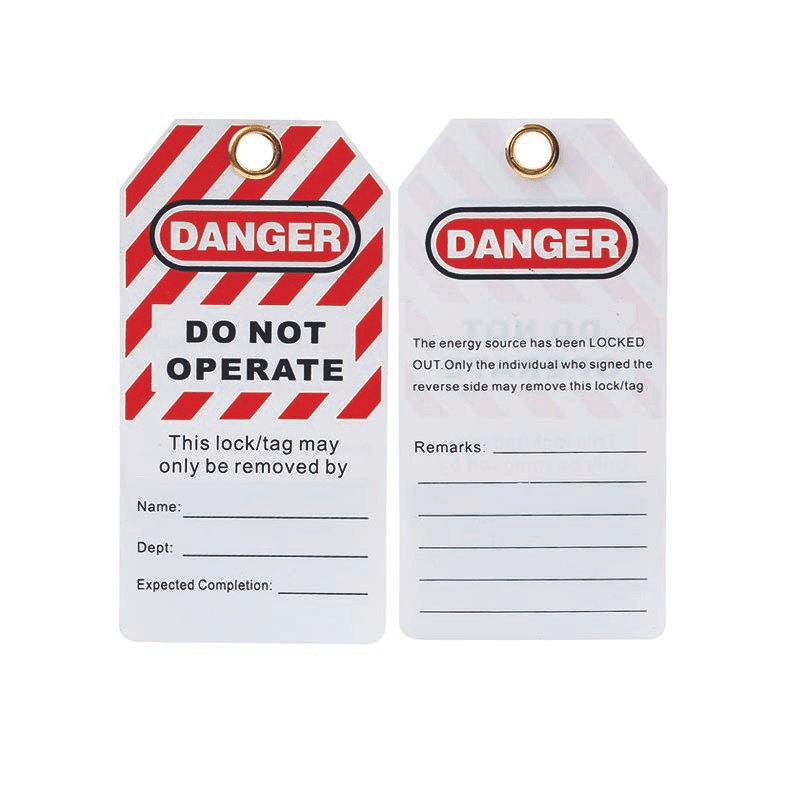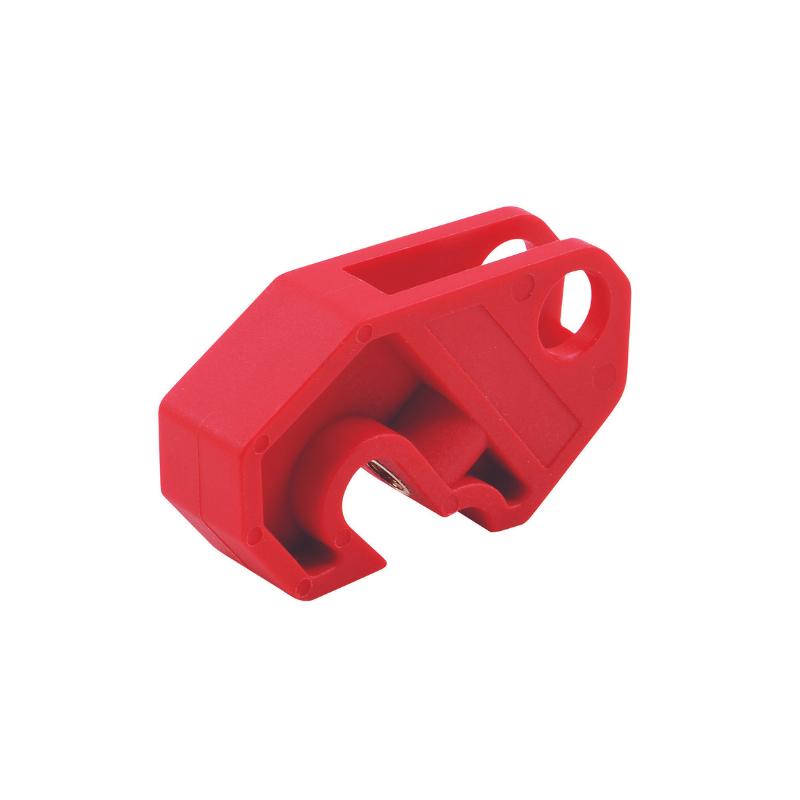Padlocks are everywhere—securing lockers, gates, storage units, and industrial equipment. A symbol of security, the padlock has a long and fascinating history that dates back thousands of years, spanning multiple cultures and evolving into the modern high-tech versions we use today.
This blog explores the history of padlocks, from their origins in ancient civilizations to their present-day innovations.
Table of Contents
- The Earliest Locks: Origins in the Ancient World
- The Birth of the Padlock: Roman Innovation
- Padlocks in Ancient China: Independent Development
- The Middle Ages: Refinement and Specialization
- The Renaissance and the Rise of the Master Locksmith
- The Industrial Revolution: Mass Production
- The 20th & 21st Centuries: High-Tech Security
- The Enduring Legacy of the Padlock
The Earliest Locks: Origins in the Ancient World
Before we can understand the history of the padlock, we need to briefly touch upon the history of locks themselves. Fixed locks, designed to secure doors and entrances, predate padlocks. The earliest known locking mechanisms were developed in the Near East, with archaeological evidence pointing to their use in ancient Assyria and Egypt.
The ancient Egyptian lock, dating back as far as 2000 BC, was a wooden pin-tumbler lock. This ingenious design used a wooden bolt to secure a door, and a series of pins within the bolt that had to be lifted to a specific height by a key (also usually made of wood) before the bolt could be moved. The key, resembling a large, toothy toothbrush, would be inserted into the lock and lifted, raising the pins and allowing the bolt to slide. This basic principle, believe it or not, forms the foundation of many modern pin-tumbler locks.
While the Egyptians were developing their wooden locks, other civilizations were also experimenting with security. In ancient Mesopotamia, archaeologists have unearthed evidence of locks made from wood and metal. These locks were often less sophisticated than the Egyptian pin-tumbler design, but they served the same fundamental purpose: restricting access.
The Birth of the Padlock: Roman Innovation
The true ancestor of the modern padlock, however, emerged in the Roman era (roughly 500 BC to 500 AD). The Romans, renowned for their engineering prowess, are credited with developing the first portable locks – what we would recognize as padlocks.
These early Roman padlocks were significantly different from the Egyptian and Mesopotamian fixed locks. They were typically made of iron or bronze and employed a variety of mechanisms. Some used a spring-loaded shackle that snapped shut and required a key to rotate and compress the spring, releasing the shackle. Others used a sliding bolt mechanism, where a key would move a bolt to either lock or unlock the shackle.
A particularly common Roman design was the "screw key" padlock. These locks featured a threaded bolt that acted as the shackle. A key with a corresponding thread would be screwed into the lock body, retracting the bolt and allowing the shackle to open.
Roman padlocks were used for a variety of purposes, including securing chests, boxes, and even slaves. Their portability was a major advantage, allowing for security on the move, a crucial factor in a vast empire with extensive trade routes.
Padlocks in Ancient China: Independent Development
While the Romans were developing their padlocks in the West, a parallel evolution of portable locks was occurring in the East, specifically in ancient China. Chinese padlocks, dating back to the Eastern Han Dynasty (25-220 AD), often featured intricate and beautiful designs, reflecting the artistry and craftsmanship of the period.
These locks were typically made of bronze, iron, or even jade. They employed various mechanisms, including sliding bolts, spring-loaded shackles, and combination locks. Some Chinese padlocks were designed in the shape of animals, such as dragons, tigers, or fish, adding an element of symbolic protection to their functional purpose.
The development of padlocks in China highlights an important point: the need for portable security was a universal human concern, leading to independent innovation in different parts of the world.
The Middle Ages: Refinement and Specialization
The fall of the Roman Empire did not signal the end of the padlock. In fact, the Middle Ages saw further development and refinement of padlock designs. In Europe, blacksmiths became the primary producers of locks, and their skills led to increasingly complex and robust mechanisms.
During this period, "warded locks" became prevalent. Warded locks use fixed obstructions (wards) inside the lock body that prevent the wrong key from turning. The correct key has corresponding cuts or notches that allow it to bypass the wards and operate the bolt. While relatively simple in concept, warded locks offered a reasonable level of security for the time.
Padlocks in the Middle Ages were used to secure chests, strongboxes, and even castle gates. The size and complexity of the lock often reflected the value of the items being protected. Larger, more elaborate padlocks were used for high-value items, while smaller, simpler locks were sufficient for everyday use.
The Renaissance and the Rise of the Master Locksmith
The Renaissance (roughly 14th to 17th centuries) witnessed a flourishing of arts, sciences, and craftsmanship, and lock-making was no exception. Master locksmiths emerged as highly skilled artisans, creating intricate and beautiful locks that were often works of art in themselves.
This period saw the development of increasingly sophisticated locking mechanisms, including combination locks and puzzle locks. Combination locks, which require a specific sequence of numbers or symbols to open, offered a keyless security solution. Puzzle locks, often intricately designed, required the user to solve a mechanical puzzle before the lock would open.
These elaborate padlocks were often commissioned by wealthy patrons and royalty, showcasing the locksmith's skill and the owner's status. They were not just functional devices but also symbols of wealth and power.
The Industrial Revolution: Mass Production
The Industrial Revolution (roughly 18th and 19th centuries) brought about a dramatic shift in padlock production. The advent of machines and mass production techniques made padlocks more affordable and accessible to the general public.
The invention of the cylinder lock by Linus Yale Sr. and Linus Yale Jr. in the mid-19th century revolutionized lock-making. The Yale lock, based on the ancient Egyptian pin-tumbler principle, used a cylindrical plug with a series of pins that had to be aligned by the correct key. This design was significantly more secure than warded locks and became the standard for many modern locks, including padlocks.
The Industrial Revolution also led to the standardization of padlock sizes and designs. Companies like Yale and Master Lock (founded in 1921) began mass-producing padlocks, making them readily available and affordable for a wide range of applications.
The 20th & 21st Centuries: High-Tech Security
The 20th and 21st centuries have seen continued innovation in padlock technology. The development of new materials, such as hardened steel and boron carbide, has made padlocks more resistant to cutting and sawing.
The rise of electronics has also had a significant impact. Electronic padlocks, incorporating features like biometric fingerprint scanners, Bluetooth connectivity, and keypad entry, offer enhanced security and convenience. These "smart padlocks" can often be controlled and monitored remotely via a smartphone app, providing users with greater control and peace of mind.
High-security padlocks, designed for maximum protection, often incorporate features like shrouded shackles (to protect against bolt cutters), anti-drill plates, and sophisticated locking mechanisms that are resistant to picking and bumping. These locks are used in high-security applications, such as securing industrial equipment, storage facilities, and critical infrastructure.
The Enduring Legacy of the Padlock
From its humble beginnings in the ancient world to its modern, high-tech incarnations, the padlock has endured as a symbol of security and a testament to human ingenuity. Its portability, versatility, and relative affordability have made it an indispensable tool for protecting valuables and restricting access.
The history of the padlock is a fascinating journey through time, reflecting the evolution of technology, craftsmanship, and the ever-present human need for security. As we continue to develop new technologies and face new security challenges, it's likely that the padlock, in some form or another, will continue to play a vital role in our lives for centuries to come. It serves as a tangible reminder that the desire to protect what we value is a fundamental and enduring aspect of the human experience. The seemingly simple padlock is a small object with a very big, and very long, story.
Looking for High-Security Padlocks?
At The Lock Box, we offer a wide selection of industrial-grade padlocks designed for maximum security. Whether you need a padlock for workplace safety, storage units, or industrial applications, we have the perfect solution for you.
Explore our collection today: Shop Padlocks



